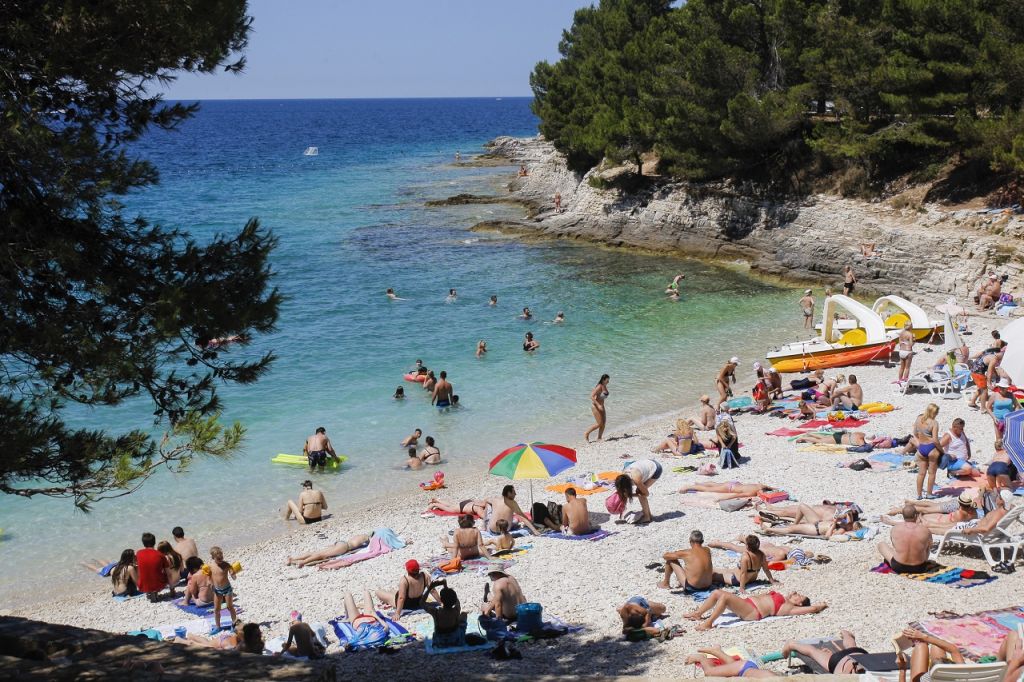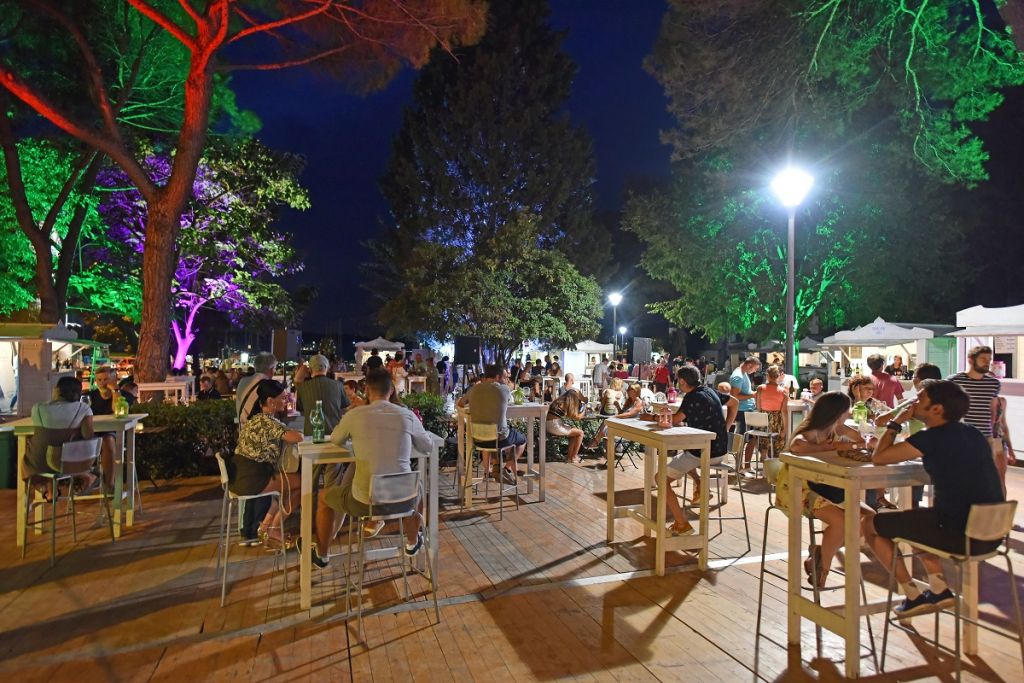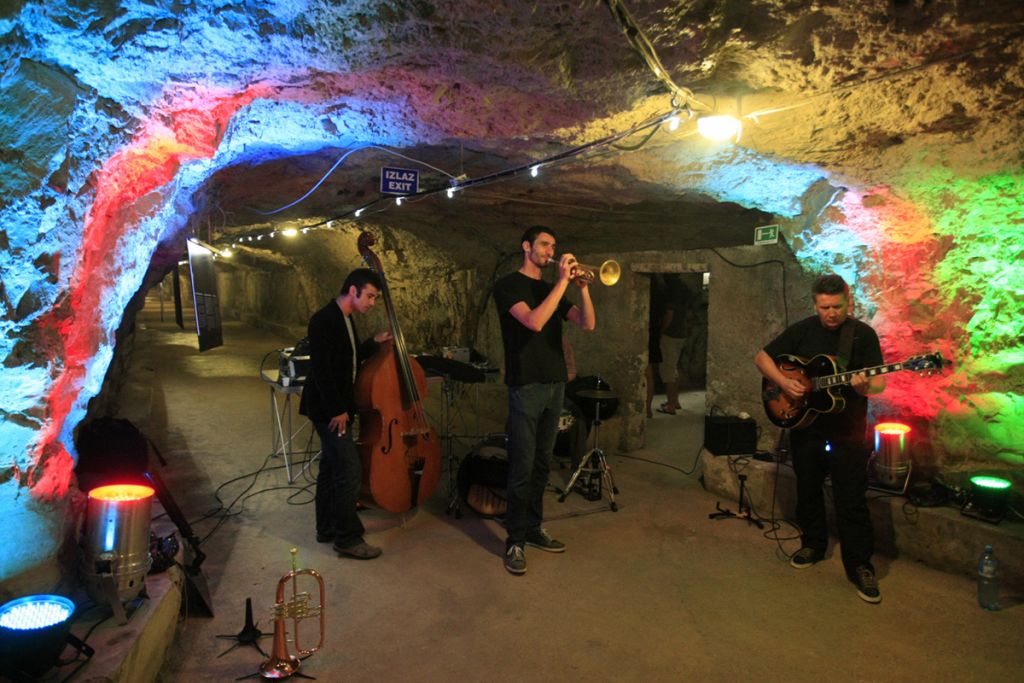About Pula
About 3,000 years ago, a small town, the fortress of Histra, was built. Today, nothing remains of that fort except two city streets. Slavs and Croats immigrated from the 7th century. We can say that the real history of Pula begins with the Romans when it was called Colonia Pietas lulia Pola. During the time of the Illyrians (before the arrival of the Romans) it had a rather important military and commercial position. The development of stonemasonry, olive growing and other branches begin. In Roman times the sewage and water supply system were developed, there is a forum that is a cultural, urban and religious center. Incredible ancient buildings such as the Amphitheater, theaters, the city cemetery mentioned by the famous writer Dante in his „Divine Comedy” were constructed.
Since the 14th century, plague and malaria drastically reduced the population of the city, which at the time numbered only about 600 people.
From the period of humanism and the Renaissance, Pula’s ancient buildings became popular, such as the famous Temple of Augustus, the Arena, the Arch of Sergius, the Double Gate and many others.
With the downfall of Venice Istria and Pula came under the crown of the Austrians. With the opening of the Arsenal in 1856, the main base of the Austrian navy, began the modern development of the city.
The culture of the city of Pula has been developed since the earliest times, and the great development begins with the arrival of the Romans and antiquity who give a significant boost to cultural development by building one of the most famous amphitheaters „Pula Arena“ which served to gather citizens and is still used to entertain today. The amphitheater is used for a number of cultural events such as concerts, film festival and various shows.
We must mention the imposing temple of Augustus dedicated to the goddess Roma, and today it serves as a museum of numerous ancient sculptures. A beautiful triumphal arch of the Sergians, also erected in antiquity, dedicated to members of the Sergius family who served in the Roman Legion. Theatrical art also began to develop in the time of the Romans who built small and large theaters.
Museums are extremely important: archeological, naval, museum of contemporary art, historical and maritime. Contemporary history is offered by the Istrian National Theater, the Karlo Rojc Social Center, an abundance of events and various events.



































